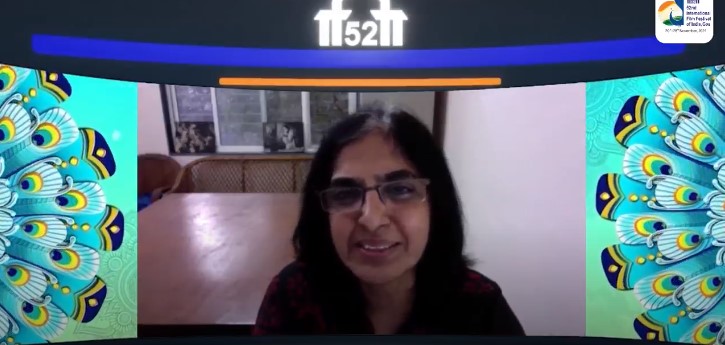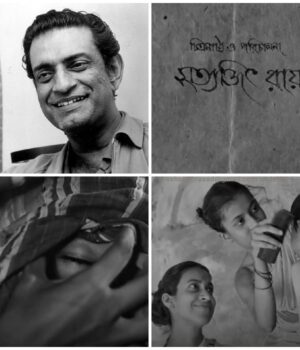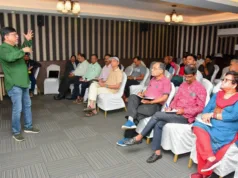PANAJI: “Satyajit Ray believed that our cinema must have a language of its own. Through his self-study, he created his own style of filmmaking. Ray’s films are a must-watch for all film lovers, students and film makers. His films connect with everyone in spite of geographical and language barriers,” said Associate Professor, Department of Direction and Screenplay Writing, Film and Television Institute of India, Ganga Mukhi; during a masterclass on ‘Directorial Practices on Satyajit Ray’, held today at the 52nd International Film Festival of India. The masterclass was virtually held on https://virtual.iffigoa.org/.
Ganga Mukhi spoke how Ray films stand unique till today even after decades the film was made. “He came without any formal training in filmmaking but he has never stopped to inspire film makers, ” she is quoted as saying in a press release by the Ministry of Information & Broadcasting.

Ganga Mukhi spoke in depth about his mastery of filmmaking. She explained Ray’s organic style used in ‘The Apu Trilogy.’ While explaining every scene of the film shot by shot, she threw light on how Ray has conveyed every emotion with little or no dialogues. “He has given a unique language to filmmaking.”
Ganga spoke about how Ray starts telling the film right when the title of the film appears. “The title appears on a handmade paper – the writings almost smudge but the calligraphy is so beautiful. This is how the film announces itself, symbolising that we are going to see a beautiful story in this rough world”.
She highlighted how the introductory scene of Pather Panchali is shown very beautifully with only his eyes shown first in the frame; this subtly reminds the viewers that he is one who likes to see the world outside. “The whole character has been portrayed in just one shot.”
Ray’s characters are mostly framed through doorways, through windows – just to show how the characters both belong and not belong at the same time.
What does poverty do to us? What does it do to our self-esteem? How can a human being become victim of the economic gap in the society? How can a filmmaker show all these on camera? Ganga questioned. She explained how Satyajit Ray portrayed poverty on the screen very subtly with just one dialogue, where a character asks: “Are you not feeding the cow? They are bearing only half a pot of milk.”
“Ray was a master in creating a scene where nothing is shown directly, but still the audience are able to sense the emotion behind it,” she added.
Ganga also said how Satyajit Ray’s brave decisions in breaking all stereotypes used in filmmaking has made his film unique. “As a filmmaker he took decisions which were not taken before.”






